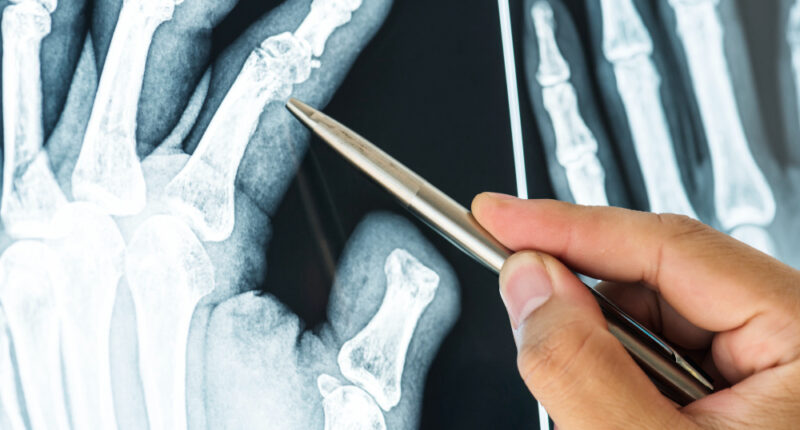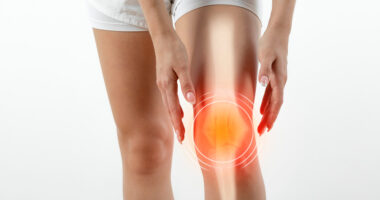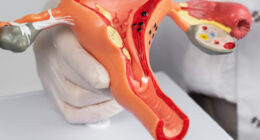Bone health is essential for maintaining overall well-being, yet it often goes unnoticed until problems arise. One of the most effective ways to assess bone health is through a Bone Mineral Density (BMD) Test. This diagnostic tool plays a crucial role in detecting conditions like osteoporosis and guiding treatment strategies. Here, we delve deep into what a Bone Mineral Density Test is, its importance, the process involved, and what the results mean for your health.
What Is a Bone Mineral Density Test?
A Bone Mineral Density test is a non-invasive medical procedure used to measure the density and strength of your bones. The primary goal of this test is to detect bone loss early and assess the risk of fractures. It is commonly recommended for individuals who are at a higher risk of developing osteoporosis, a condition characterized by weakened bones.
The test compares your bone density to that of a healthy young adult and someone of your age, gender, and ethnicity. The results help physicians identify whether your bone density is normal, below average (osteopenia), or significantly low (osteoporosis).
Why Is a Bone Mineral Density Test Important?
Bone loss is often silent, progressing without noticeable symptoms until a fracture occurs. A Bone Mineral Density Test can:
- Diagnose osteoporosis: This is particularly critical for postmenopausal women and older adults who face a heightened risk of bone thinning.
- Predict fracture risk: Low bone density increases the likelihood of fractures, especially in the hip, spine, and wrist.
- Monitor treatment effectiveness: For individuals undergoing therapy for bone-related conditions, the test evaluates how well the treatment is working.
- Guide preventive measures: Early detection enables lifestyle changes and medical interventions that preserve bone health.
Who Should Get a Bone Mineral Density Test?
While anyone can experience bone loss, certain groups are more vulnerable. The test is typically recommended for:
- Postmenopausal women (especially those not on hormone replacement therapy).
- Men aged 50 and older with risk factors for osteoporosis.
- Individuals with a family history of osteoporosis or fractures.
- Those who have undergone long-term corticosteroid treatment.
- People with chronic conditions like rheumatoid arthritis or thyroid disorders.
- Anyone who has experienced a fracture after minor trauma.
How Is a Bone Mineral Density Test Conducted?
The most common method for performing a Bone Mineral Density Test is dual-energy X-ray absorptiometry (DEXA or DXA). This technique measures bone density in critical areas, such as the hip, spine, and sometimes the wrist.
The Procedure:
- Preparation: No special preparation is required. Patients are asked to avoid wearing clothes with metal components.
- During the Test: You lie on a padded table while a scanner passes over the specific body areas. The procedure is painless and typically lasts 10-30 minutes.
- Radiation Exposure: The radiation levels used are extremely low, much less than a standard chest X-ray.
Understanding Your BMD Test Results
The results of a Bone Mineral Density Test are reported using T-scores and Z-scores.
T-Score:
- +1 to -1: Normal bone density.
- -1 to -2.5: Osteopenia (low bone density but not severe enough to be osteoporosis).
- -2.5 or lower: Osteoporosis.
Z-Score:
This compares your bone density to what is typical for someone of your same age, gender, and body size. A significantly low Z-score may indicate a secondary cause of bone loss.
Factors That Can Influence Bone Density
Several factors affect bone health and may contribute to low bone density:
- Age: Bone mass peaks around age 30 and declines thereafter.
- Gender: Women, especially postmenopausal, are more likely to experience rapid bone loss.
- Genetics: Family history plays a significant role.
- Lifestyle Choices: Smoking, excessive alcohol intake, and a sedentary lifestyle can weaken bones.
- Dietary Deficiencies: Inadequate calcium and vitamin D intake are major contributors to poor bone health.
How to Improve and Maintain Bone Health
To optimize your bone health and potentially improve bone density, consider the following:
- Calcium and Vitamin D: Incorporate foods rich in calcium (e.g., dairy, leafy greens) and get adequate sunlight exposure or take supplements for vitamin D.
- Exercise Regularly: Weight-bearing and resistance exercises strengthen bones and muscles.
- Quit Smoking: Smoking accelerates bone loss.
- Limit Alcohol: Keep alcohol consumption moderate to prevent bone weakening.
- Medications: In some cases, doctors may prescribe medications like bisphosphonates to strengthen bones.
Risks and Limitations of the Test
While the Bone Mineral Density Test is highly effective, it has its limitations:
- False Positives/Negatives: Certain conditions may affect the accuracy of results.
- Bone Quality Not Assessed: The test measures density but not the structural integrity of bones.
Despite these limitations, it remains a vital tool for bone health management.
Conclusion
A Bone Mineral Density Test is a cornerstone of preventive healthcare, offering critical insights into your bone health. By identifying risks early, you can take proactive steps to maintain strong, healthy bones and prevent debilitating fractures. Whether you’re at risk of osteoporosis or simply seeking to optimize your health, this test is an invaluable resource.










